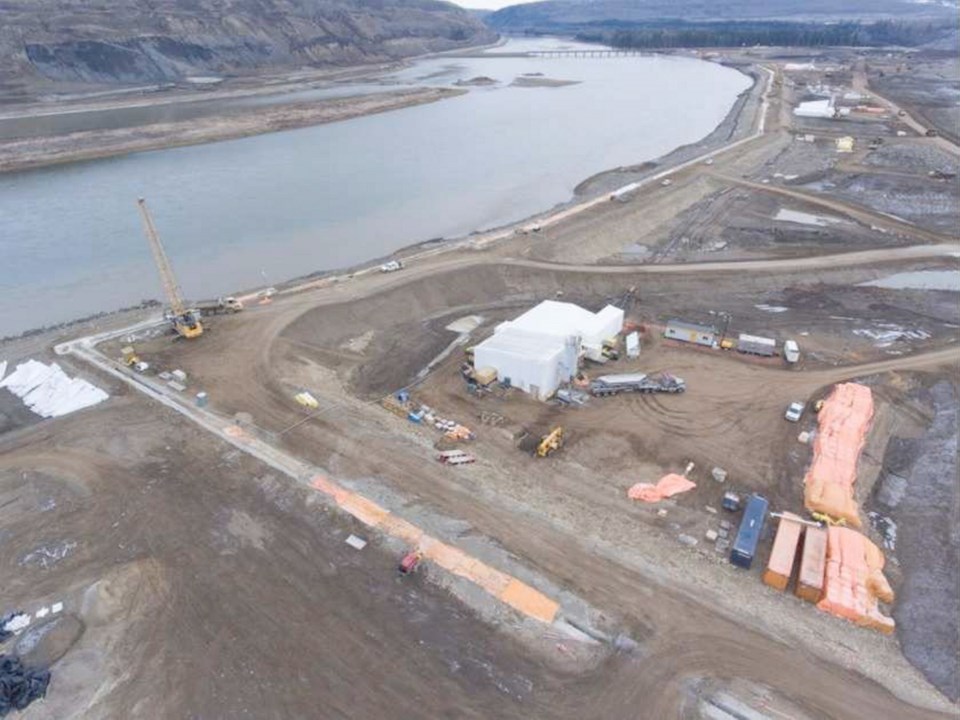A Sierra Club B.C. report released Monday argues that the Liberal provincial government is leaving taxpayers with a costly legacy of bad decisions, corporate subsidies, and failed LNG projects.
The environmental group says that the $9-billion Site C dam — approved by the government without referring the issue of its need to the B.C. Utilities Commission — is already well beyond its 2010 budget of $6.6 billion.
The cost is likely to balloon further, based on average cost overruns of 70 per cent at other hydroelectric projects around the world, even higher for larger projects, the group says.
The 1,100-megawatt dam on the Peace River in northeast B.C. is meant as a subsidy for industry, Sierra argues, but projects such as the development of LNG export facilities on the coast have largely stalled. At the same time, the province is failing to further the development of green energy sources such as wind, solar and geothermal.
“That is a lot of money to spend on a dam that will only be needed if LNG plants are built, which seems increasingly unlikely due to current and projected market conditions,” Sierra states.
“In other words, residential B.C. hydro bills will have to cover personal use plus make up the difference between the huge cost of building Site C and the bargain basement price that LNG and fracking companies will pay for their power.”
Sierra also argues that corporate donations from the Alberta oil sector helped persuade Premier Christy Clark to endorse the Kinder Morgan pipeline expansion to Burnaby even though she knows that the capacity does not exist to clean up the vast majority of oil in a marine spill.
The B.C. government “got federal approval of the Site C dam and Petronas’ massive Pacific Northwest LNG plant on the north coast and in return, Canada got its pipeline to tide water.”
“The Site C dam is the linchpin that allows the premier and the prime minister to posture as climate leaders while, in fact, increasing B.C.’s emissions and compromising Canada’s international climate commitments.”



